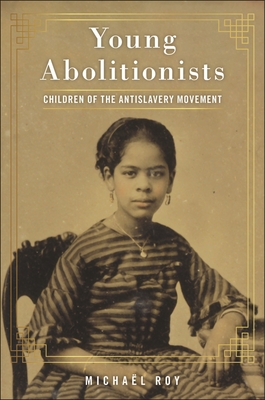Young Abolitionists: Children of the Antislavery Movement

Young Abolitionists: Children of the Antislavery Movement
How children helped abolish slavery During the antebellum period, several abolitionist figures, including William Lloyd Garrison, the editor of the Liberator; Susan Paul, an African American primary school teacher; Henry Clarke Wright, a white reformer; and Frederick Douglass, the internationally renowned activist, consistently appealed to the sympathies of children against slavery. In 1835, Garrison proclaimed, "If . . . we desire to see our land delivered from the curse of PREJUDICE and SLAVERY, we must direct our efforts chiefly to the rising generation." This rallying cry found a receptive audience and ignited action. Despite their limited scholarly exploration, children occupied
PRP: 392.67 Lei
Acesta este Prețul Recomandat de Producător. Prețul de vânzare al produsului este afișat mai jos.
314.14Lei
314.14Lei
392.67 LeiLivrare in 2-4 saptamani
Descrierea produsului
How children helped abolish slavery During the antebellum period, several abolitionist figures, including William Lloyd Garrison, the editor of the Liberator; Susan Paul, an African American primary school teacher; Henry Clarke Wright, a white reformer; and Frederick Douglass, the internationally renowned activist, consistently appealed to the sympathies of children against slavery. In 1835, Garrison proclaimed, "If . . . we desire to see our land delivered from the curse of PREJUDICE and SLAVERY, we must direct our efforts chiefly to the rising generation." This rallying cry found a receptive audience and ignited action. Despite their limited scholarly exploration, children occupied
Detaliile produsului









